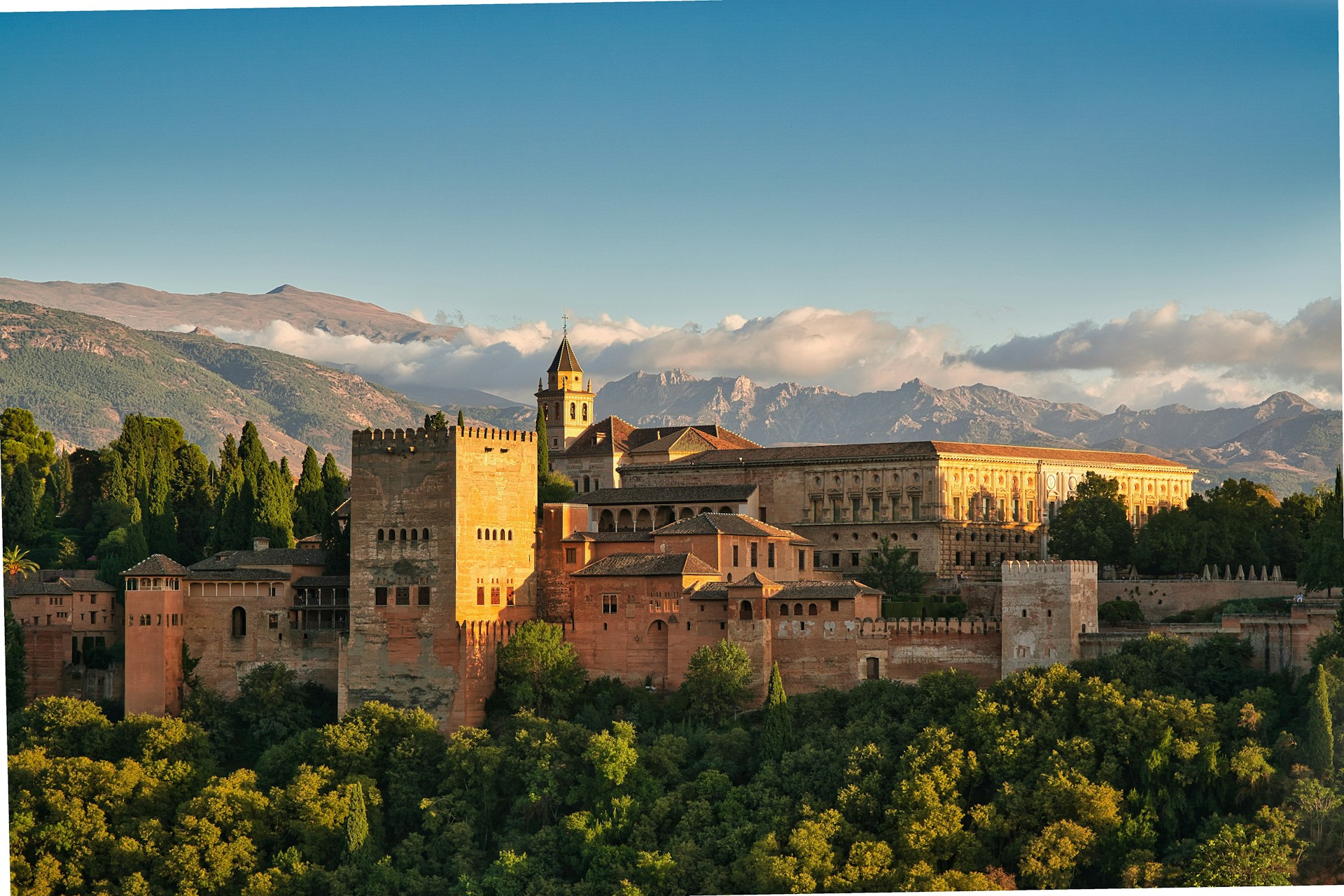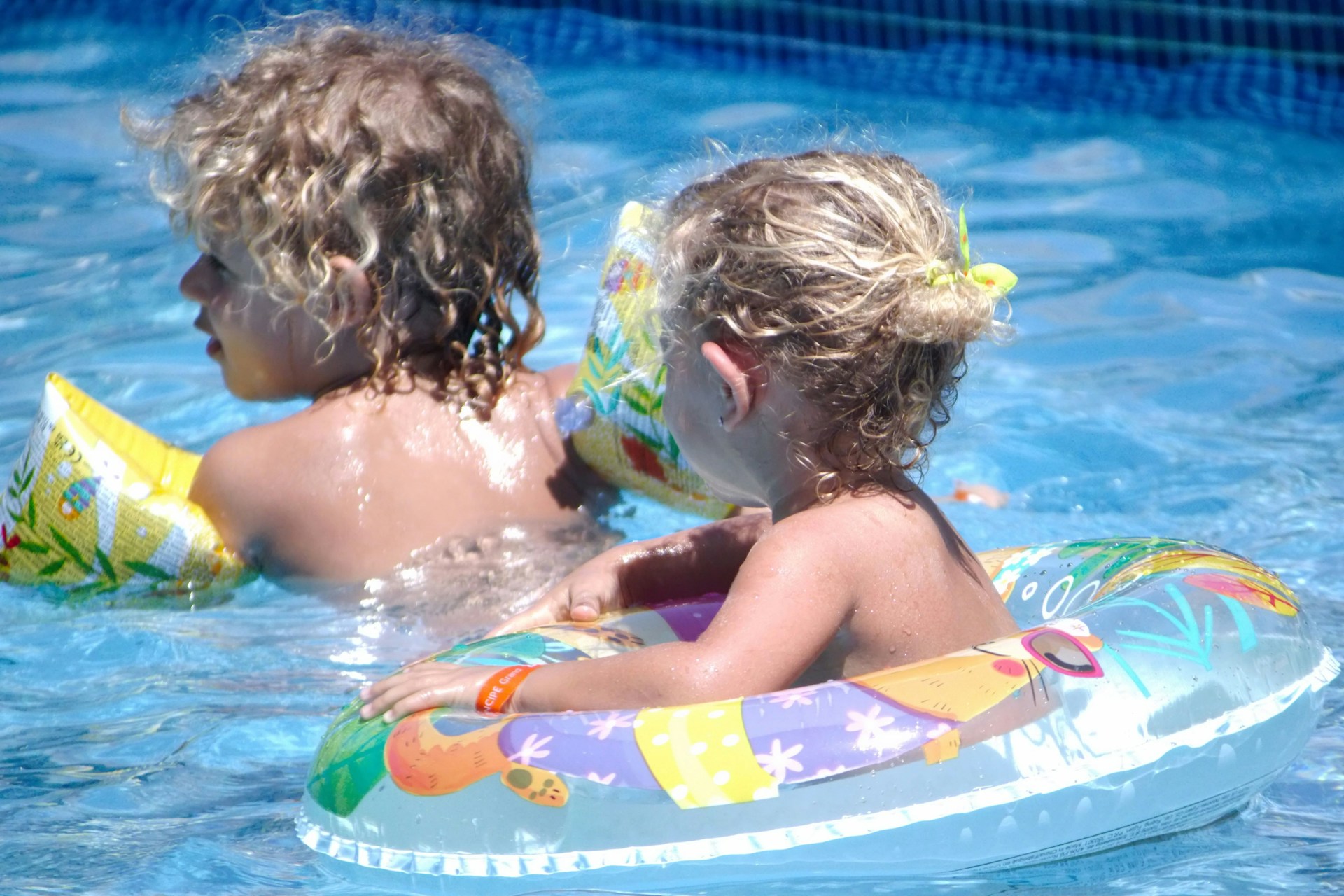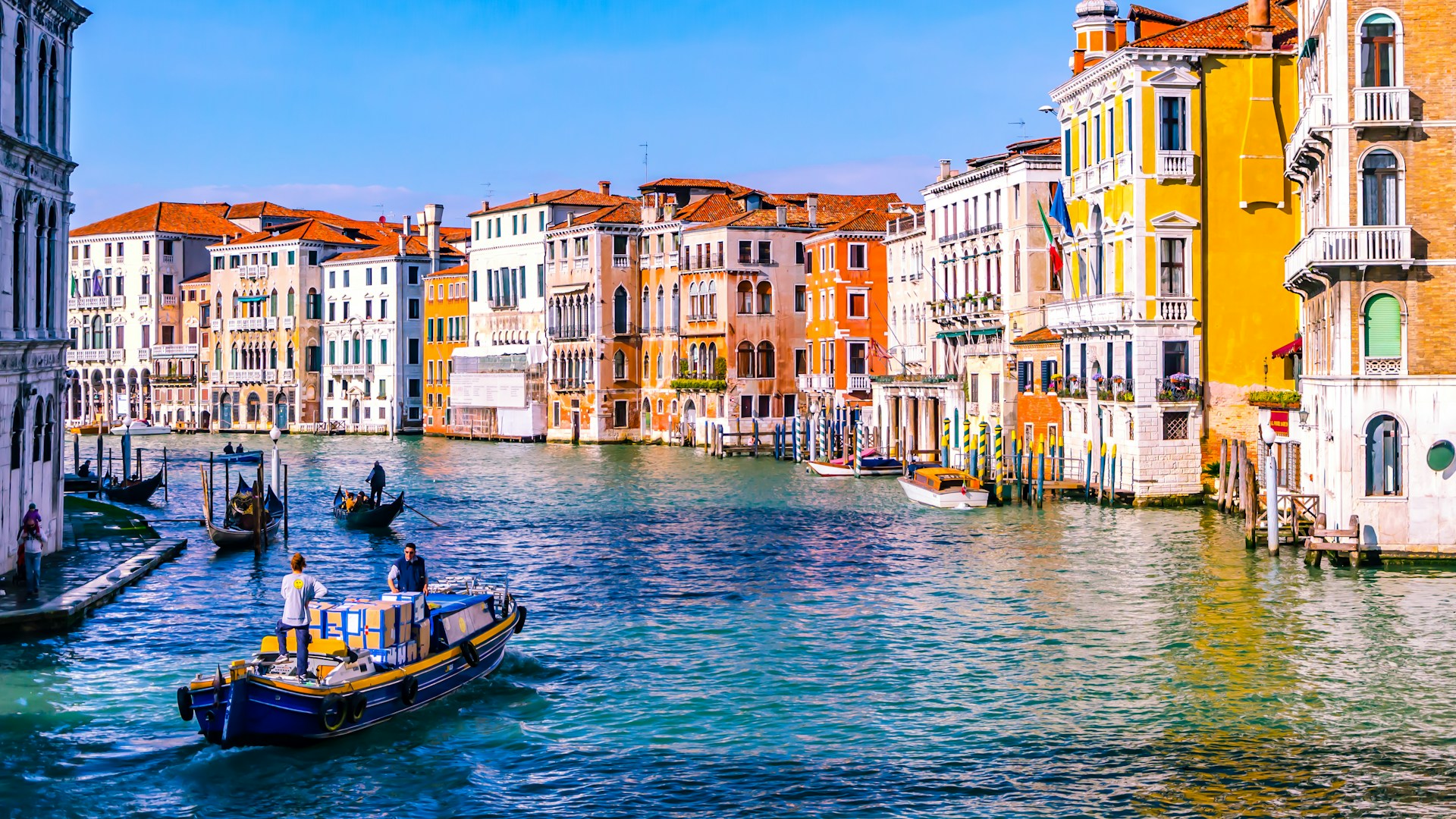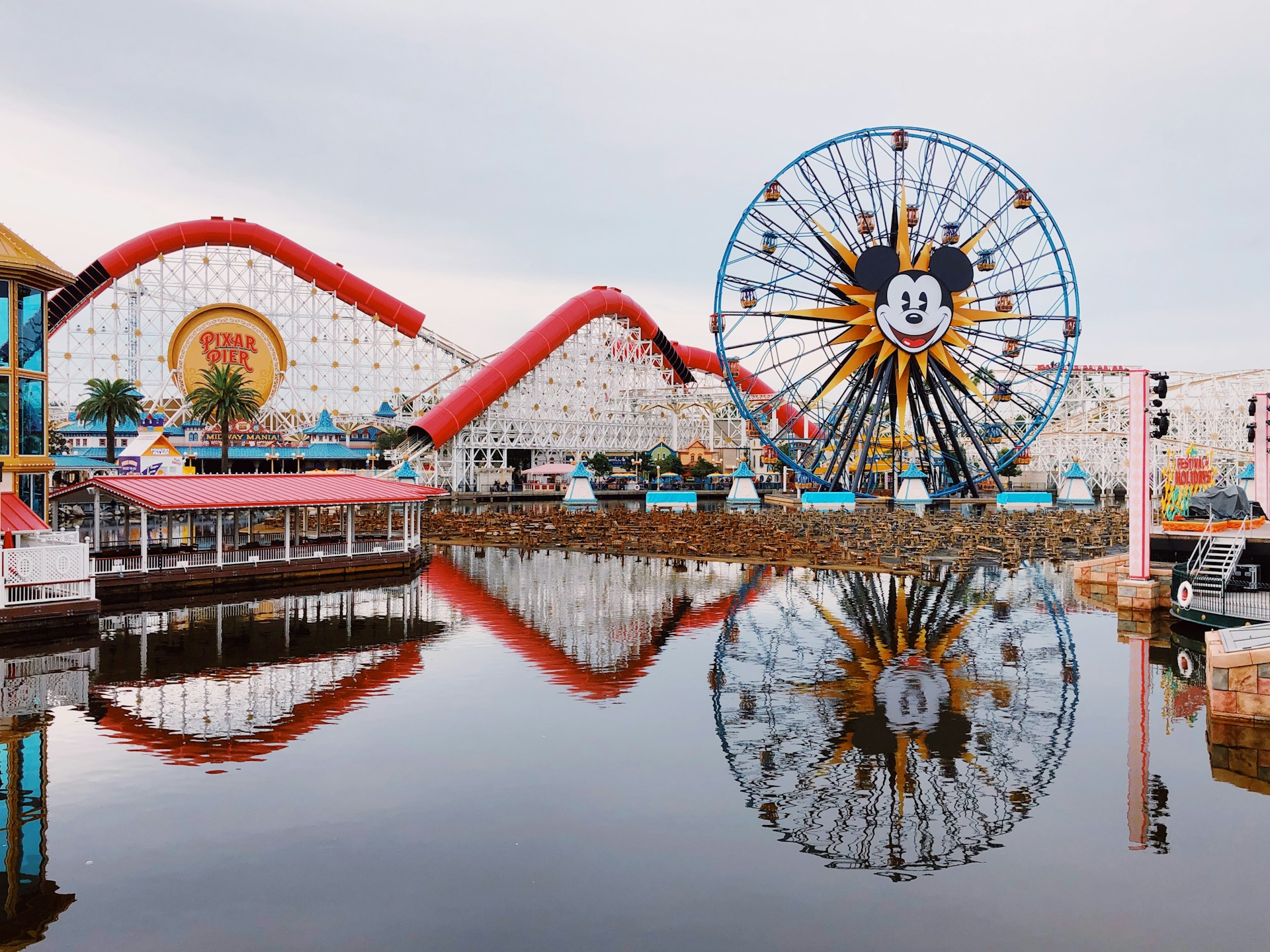Southern Spain, in regions like Andalusia, Seville, Córdoba, and Granada, is known for its sizzling summers. Daytime highs can push up to 40°C, while evenings stay warm and humid. The sun is also very strong, especially between 12 p.m. and 5 p.m., making outdoor activities uncomfortable, even for adults, during this time.
While adults know when to slow down, cool off, or drink more water, toddlers don’t always know what to do. Their smaller bodies heat up faster, and they can quickly become dehydrated or exhausted in extreme weather.

Toddlers are much more sensitive to high temperatures than adults. Their bodies heat up more quickly, and they are not yet able to regulate their body temperature very well. This means that what feels like a hot but manageable day for an adult can be overwhelming for a young child.
They also lose fluids faster through sweat, and because they may not always ask for water, it is easy for them to become dehydrated without their parents noticing right away. Even mild dehydration can make them feel tired and cranky.
Another risk is heat exhaustion. This happens when the body struggles to cool down. A toddler may start to look flushed, act unusually irritable, or seem dizzy and unwell. If not addressed quickly, heat exhaustion can become more serious, leading to severe issues like heatstroke.
Heatstroke is when the body gets so hot that it can no longer cool itself. This is a medical emergency and can develop faster in toddlers than in adults. Luckily, with the right care and attention, heatstroke can usually be prevented.
These risks are real, but families do not need to cancel their holiday plans because of them. All you need is careful preparation, plenty of hydration, and a flexible routine that avoids the hottest parts of the day during your trip.

You might need to avoid going out in the afternoon and embrace siestas instead, just like locals do. Plan outdoor activities in the morning before 11 a.m. or later in the evening after 6 p.m. and spend your time indoors, resting, or enjoying shaded spaces during midday.
Give your child water regularly, even if they don’t ask for it. Pack a refillable bottle and top it up throughout the day. Snacks like watermelon, grapes, and oranges also help with hydration. Keep sugary drinks to a minimum, as they can make dehydration worse.
Lightweight cotton or linen clothes are perfect for hot weather. Wide-brimmed hats, toddler sunglasses, and plenty of sunscreen (SPF 30 or higher) are also a must. Remember to reapply sunscreen every few hours, especially after swimming.
Not every day has to be spent at the beach or walking in the sun. Southern Spain has aquariums, science museums, shaded plazas, and indoor play areas that can give toddlers a break while still keeping them entertained.
Always be alert and watch your toddler closely. If you notice any changes, for example, if they become unusually irritable, tired, or flushed, it may be time for a break in a cool environment. Acting quickly can help prevent more serious problems.
Southern Spain is a stunning destination, and you can visit at any time. However, travelling in August with toddlers requires extra care. The heat can be intense, and young children are particularly vulnerable to dehydration and overheating.
But with the right planning, you can still enjoy a safe and memorable family holiday. Choose cooler times of day for outdoor activities, stay hydrated, dress appropriately, and opt for coastal destinations. Southern Spain isn’t off-limits for families in August. It just demands more flexibility and awareness from parents.


If you want the latest information on the best Hotel Executive Club Lounges, Hotel Kids Clubs and other travel information, be sure to sign up for our free newsletter full of tips and great travel ideas.